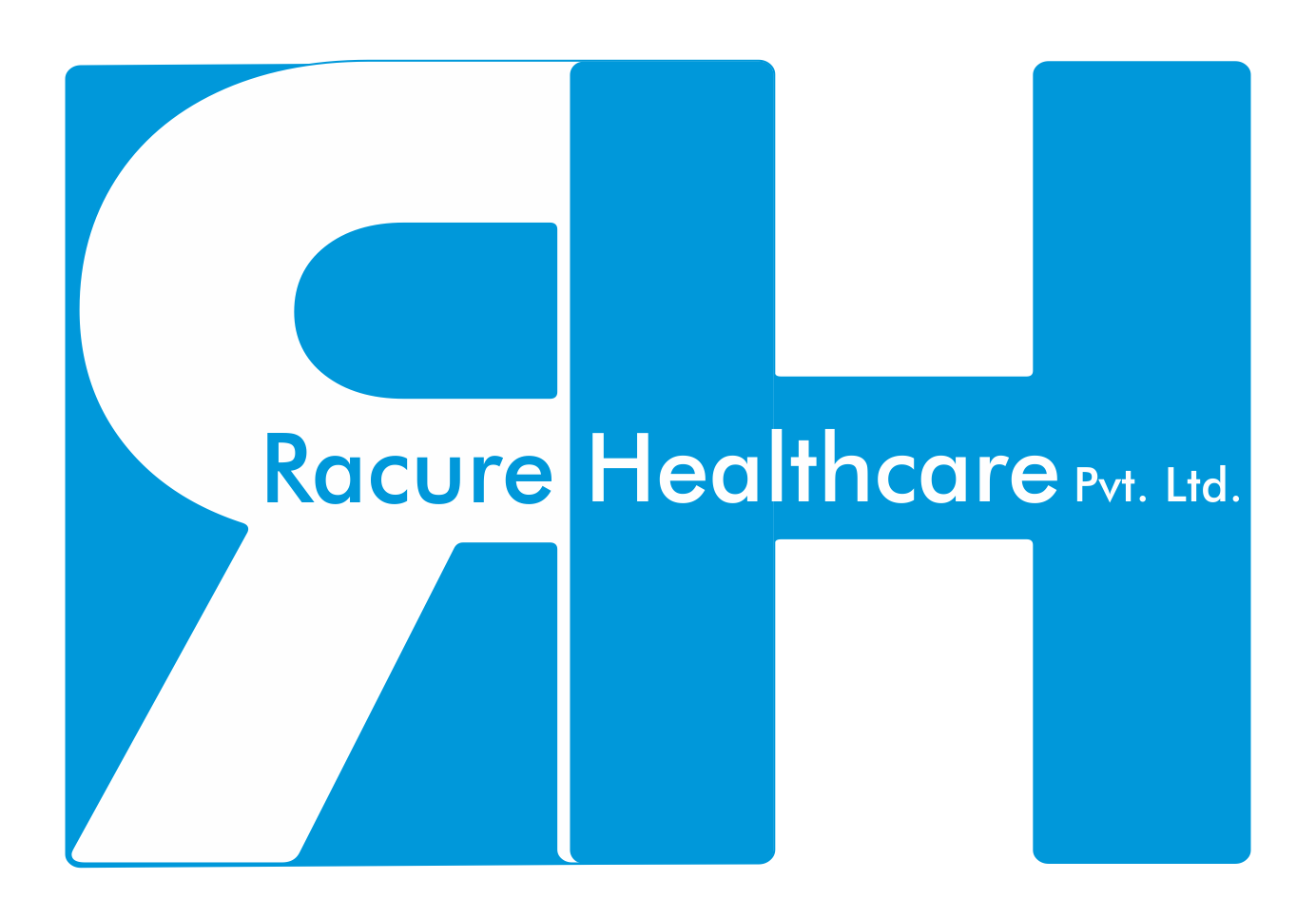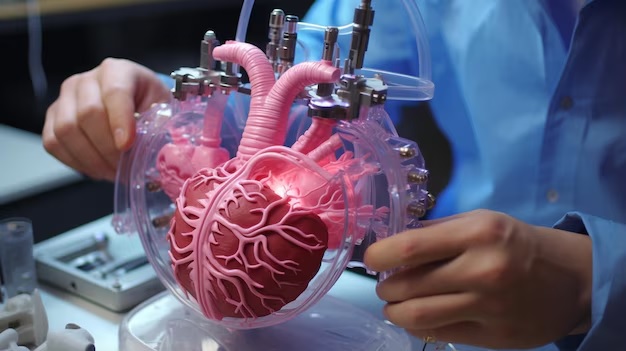Treatment for cancer includes surgery, radiation therapy and chemotherapy. Each has different ways of working. Chemotherapy involves the use of drugs to destroy cancer cells, radiation therapy delivers high-energy rays to tumors, and surgery is used to take the cancerous tissue out. By learning what differentiates them, patients and physicians can decide upon the most appropriate therapy on the basis of the cancer's nature, stage and site.
Comparison of Chemotherapy Costs in the USA and India
Chemotherapy costs in the USA and India vary greatly due to different healthcare systems, insurance schemes and cost of living. In the USA, the cost of chemotherapy depends on factors such as the type of cancer, the stage of the disease, the specific drugs used, and whether the patient has health insurance. Chemotherapy for 6 months costs approximately $25,000 as an average. Uninsured patients can be billed between $10,000 and $65,000 (or more) depending on the treatment cost. Although insurance may cover a significant amount of costs, out-of-pocket costs can remain substantial, typically ranging from $6,000 to $10,000 annually. The high cost is due to expensive healthcare, expensive medication and multiple specialist visits to manage side effects.
In contrast, chemotherapy in India is much more affordable than cancer and chemotherapy treatment in Texas. Average cost per session is between $40 to $100 per cycle, depending on the type of cancer and the therapeutic used. The total cost of chemotherapy is typically around $200 to $600 per cycle. Low cost of living, low price of drugs and government subsidized medical care contribute to lower cost.
India: A Premier Destination for Affordable and Quality Medical Tourism
India has become a leading medical tourism destination providing quality treatment at a fraction of the cost in the USA. Medical tourism intermediaries like Racure Healthcare match international patients to leading hospitals such as Paras Hospital (Gurgaon), Manipal Hospitals (Dwarka) and Artemis Hospital (Gurgaon). They offer a variety of services such as remote consultations, travel booking, hospital choice, priority scheduling, post treatment care, visa support, airport transfer, interpretative language and currency exchange support. Furthermore, accommodation is $50 to $80/night with transportation costing $10 to $40/day, thus treatment in India is an economical option for international patients.
|
Category |
California, USA |
India |
|
Hospital and Treatment |
$7500 - $65,000 |
$200 - $600 |
|
Visa |
N/A |
$100 - $150 |
|
Flight |
N/A |
$1,500 - $2,000 (round trip from California) |
|
Accommodation |
N/A |
$50 - $80 per night |
|
Transport |
N/A |
$10 - $40 per day |
India has highly skilled doctors and specialists trained from top global institutions, offering expertise that meets international standards. Racure Healthcare links patients to the appropriate physicians (specialists) in accordance with their medical condition, providing high level quality care at a low cost price. Though different regulatory environments exist in India and the USA, treated cases are carried out with a high treatment standard by the accredited hospitals.
Types of Chemotherapy and Their Cost
Chemotherapy is a mainstay of cancer treatment and can and is delivered in a variety of ways, depending on the nature and site of cancer.
- Oral chemotherapy is taken orally in the form of pills, capsules or liquids. Chemotherapy drugs are taken at home by the patient. It has to be taken as per strict schedule and constant doctor monitoring. Oral chemotherapy cost in the USA is $7,500 to $25,000 per month and that of $40 to $670 per month in India.
- Intravenous (IV) chemotherapy injects drugs directly into a vein. This allows the drug to enter the bloodstream quickly. It is usually given in hospitals or clinics but can have side effects like fatigue and nausea. Intravenous chemotherapy cost in the USA is $10,000 to $50,000 and in India is $240 to $270 per cycle.
- Injection chemotherapy is the administration of drugs into the muscles, under the skin or intravenously. It is specific to targeted areas but requires frequent visits to medical centers. Cost varies from $10,000 to $65,000 in the USA and $200 to $300 per cycle in India.
- Direct placement chemotherapy deposits drugs directly in the affected area like abdomen, chest or bladder. It focuses the drug at the site of the tumor and minimizes side effects. It is usually given to cancers in a single region. Cost in the USA is $10,000 to $40,000 and in India is $200 to $350 per cycle.
- Topical chemotherapy uses chemotherapy medications in the form of creams or gels on the skin. It is usually given for skin cancers. It has fewer systemic side effects but requires careful application and observation. Cost varies from $7,500 to $25,000 per month in the USA and $40 to $600 per month in India.
- Immunotherapy is a new treatment that uses the body’s immune system to fight diseases, especially cancer. It works by boosting natural defenses or altering immune cells to target specific problems. Checkpoint inhibitors, cancer vaccines, monoclonal antibodies and CAR T-cell therapy are some of the types of immunotherapy. These treat the immune system to recognize and destroy abnormal cells, reducing harm to healthy tissue. Immunotherapy has shown promise in late stage cancers and previously untreatable conditions. It’s a bespoke approach to medicine, changing the way we look at healthcare.
|
Type of Chemotherapy |
Cost in USA |
Cost in India |
|
Oral Chemotherapy |
$7,500 - $25,000/month |
$40 - $670/month |
|
Intravenous (IV) Chemotherapy |
$10,000 - $50,000 |
$240 - $270/cycle |
|
Injection Chemotherapy |
$10,000 - $65,000 |
$200 - $300/cycle |
|
Direct Placement Chemotherapy |
$10,000 - $40,000 |
$200 - $350/cycle |
|
Topical Chemotherapy |
$7,500 - $25,000/month |
$40 - $600/month |
Types of Chemotherapy Drugs
The agents of chemotherapy are grouped on the basis of action mechanism and chemical structure.
- Alkylating Agents
Alkylating agents are a primary type of drugs that attack the DNA of cancer cells, stopping them from growing and dividing. Common examples include Cyclophosphamide, Ifosfamide, Busulfan, and Melphalan.
- Antimetabolites
An additional group is antimetabolites, the analogues of DNA or RNA building blocks, which interfere with the cancer cells' capacity to replicate. Methotrexate, Gemcitabine and 5-Fluorouracil are in this category.
- Antitumor Antibiotics
Antitumor antibiotics are derived from natural sources and inhibit DNA within cancer cells. Examples include Doxorubicin, Daunorubicin, and Bleomycin.
- Plant Alkaloids
Plant alkaloids, derived from plants, have cell division inhibition activity. Drugs such as Vincristine, Vinblastine, and Paclitaxel are prevalent in this class.
- Topoisomerase Inhibitors
Topisomerase inhibitors act on enzymes that unwind DNA for cellular proliferation, with drugs e.g. Irinotecan and Etoposide being frequently used.
- Hormonal Therapy
Although it is not core chemotherapy, hormonal therapy is indicated in hormone-responsive cancers such as breast and prostate cancer. Examples include Tamoxifen, Anastrozole, and Leuprolide.
- Targeted Therapy and Biological Agents
Targeted therapy and biological agents act on pathways or genetic aberrations within cancer cells. Common drugs include Imatinib, Trastuzumab, and Rituximab.
- Combination Chemotherapy
Often, oncologists use combination chemotherapy, where multiple drugs from different categories are combined to enhance effectiveness and reduce resistance. The selection of chemotherapy drugs depends on the type and stage of cancer, as well as the patient’s overall health and treatment goals.







